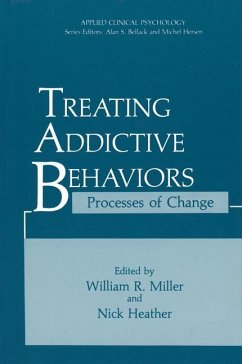Eating disorders (EDs) are psychological conditions that have a significant impact on physical health (e.g., gastrointestinal, renal, and cardiovascular) and psychological well-being (e.g., relationships with others, personal growth, and autonomy). The most common eating disorders include anorexia nervosa, bulimia nervosa, and binge eating disorder. These three conditions cause clinical impairment in different areas of functioning and share an excessive focus on weight and body image, leading to dangerous eating styles that affect the body's ability to obtain adequate nutrition. Behavioral addictions (BAs) are non-substance-related addictions characterized by an individual's incapacity to resist impulses toward rewarding stimuli despite the adverse consequences. Aside from gambling and gaming disorders (the two most frequent conditions within the spectrum of BAs), other maladaptive and uncontrolled behaviors include compulsive sexual behaviors, compulsive buying, and kleptomania. The etiology of EDs and BAs comprises a complex network of biological, psychological, and contextual social factors. The onset of these conditions is usually during school age and adolescence; the progression of these disorders occurs throughout the lifespan. Diverse phenotypes have been identified according to ED and BA subtypes, and it has been observed that the physio-pathological mechanisms underlying each behavioral profile can play a role in the treatment outcomes.








